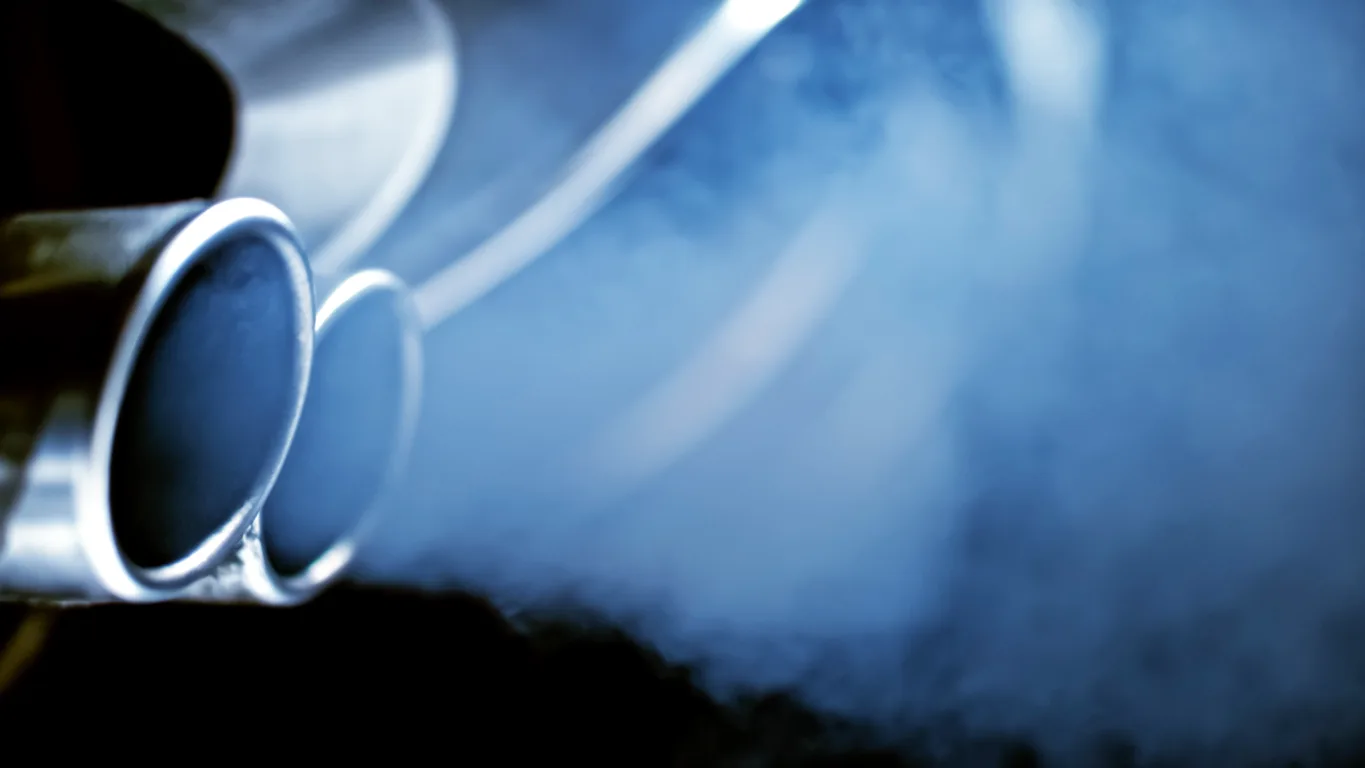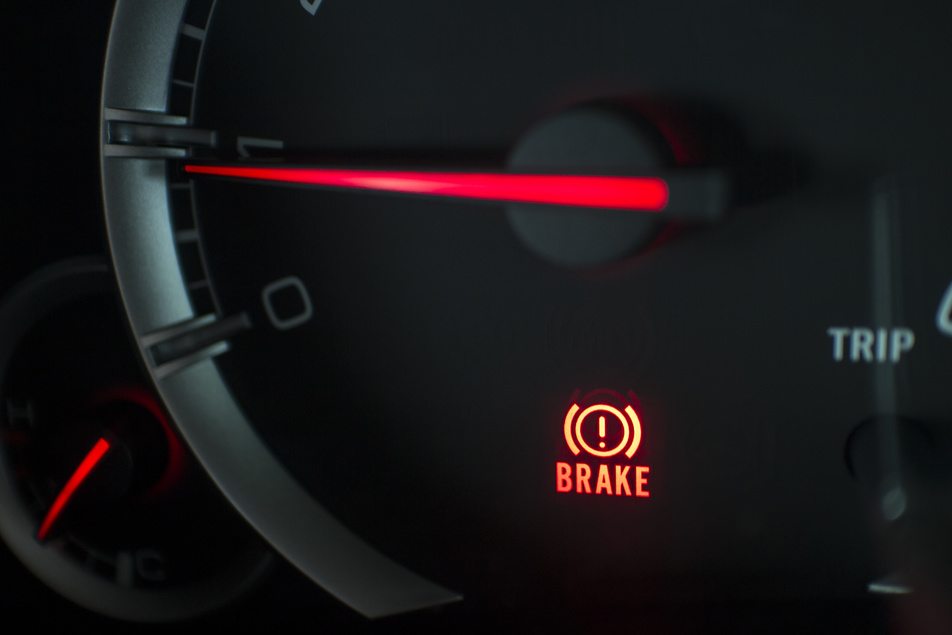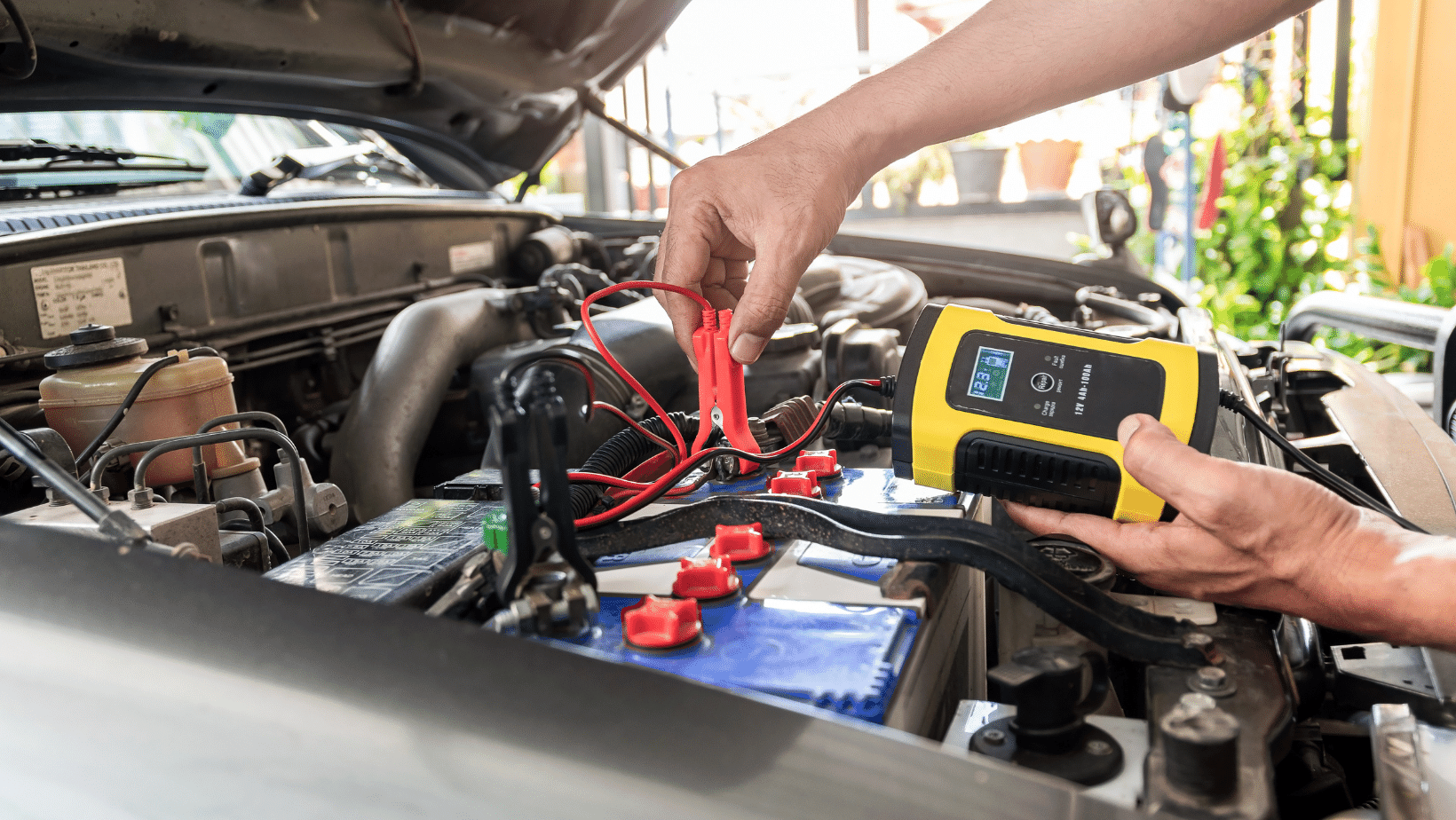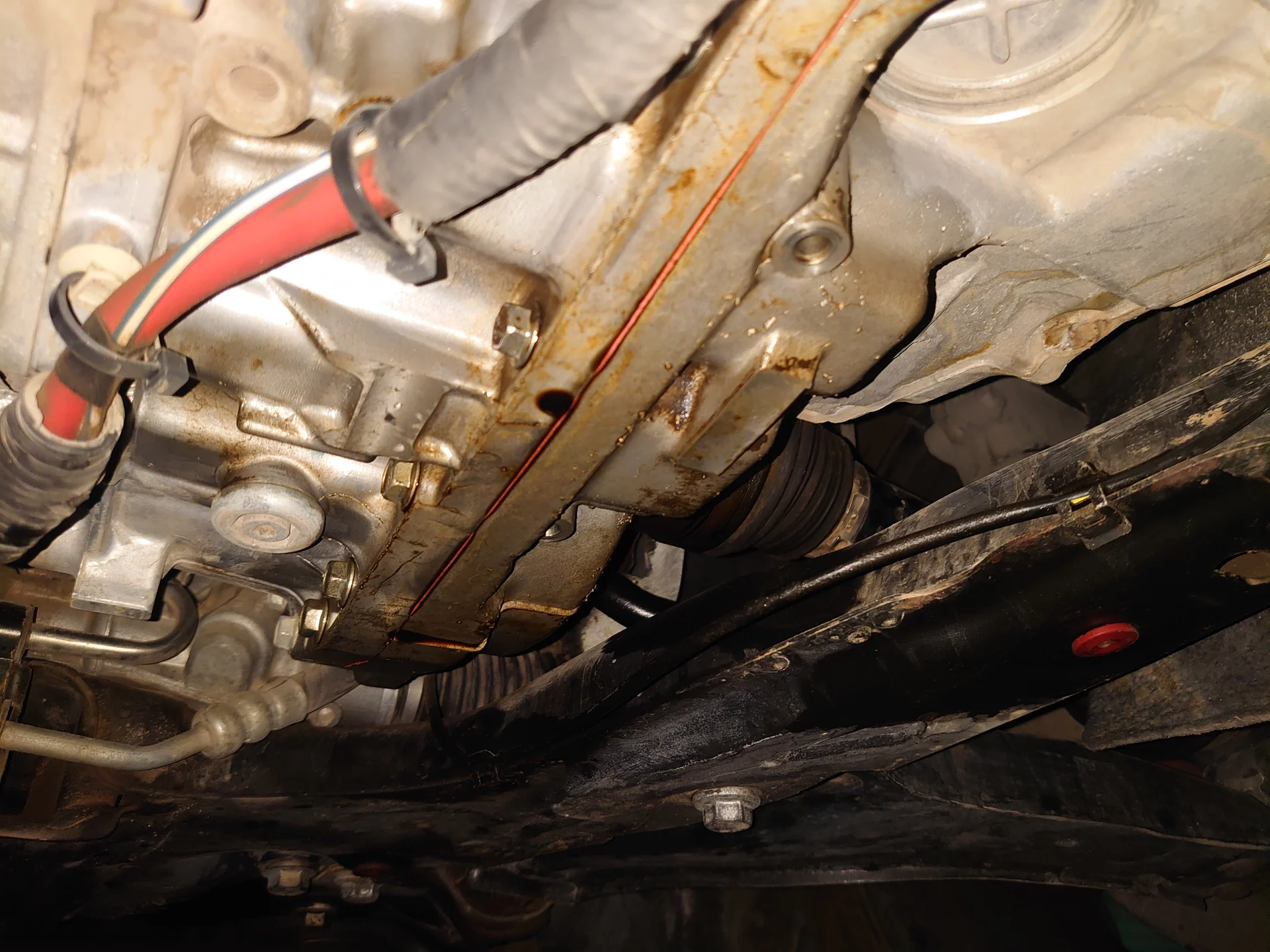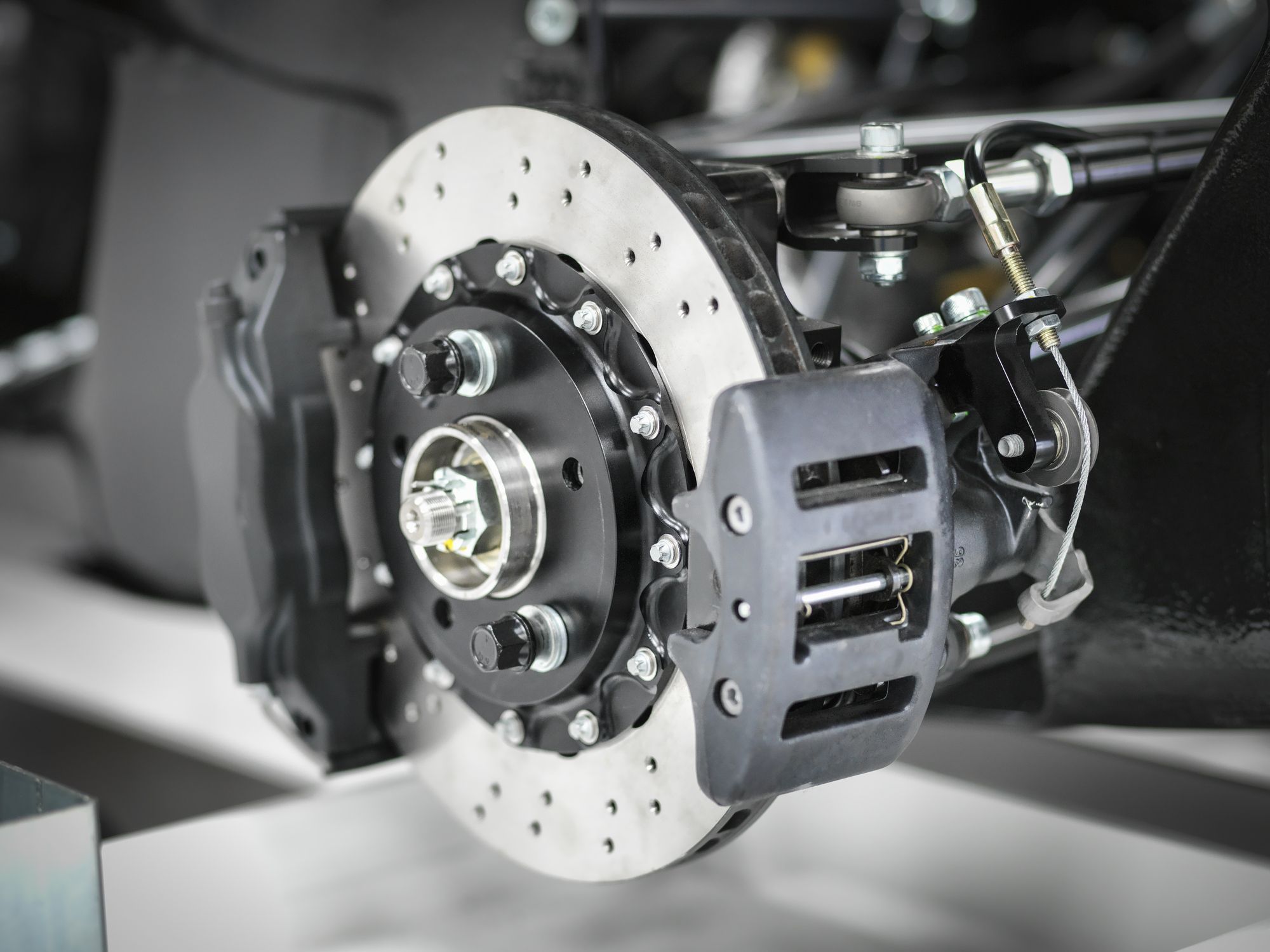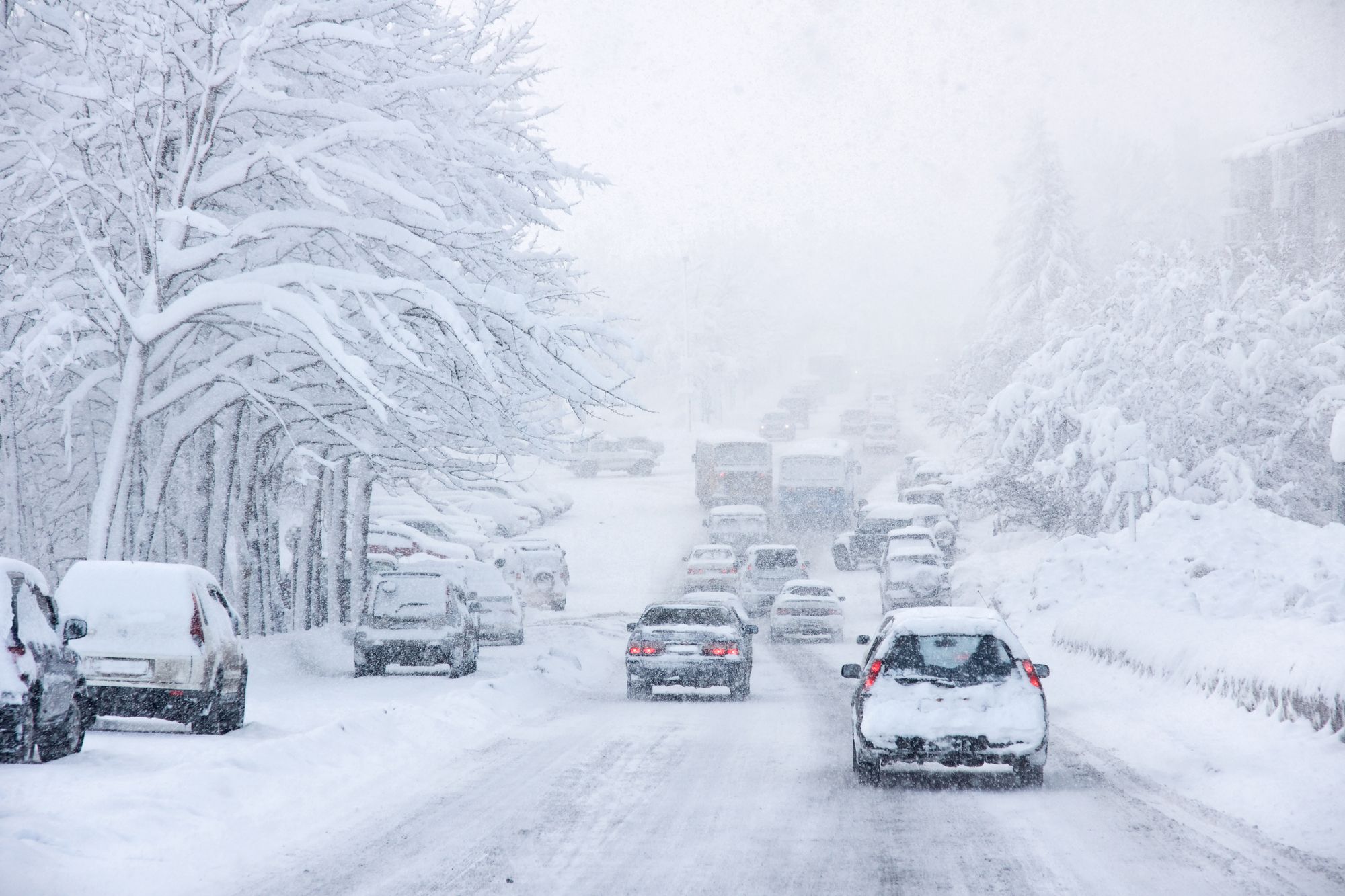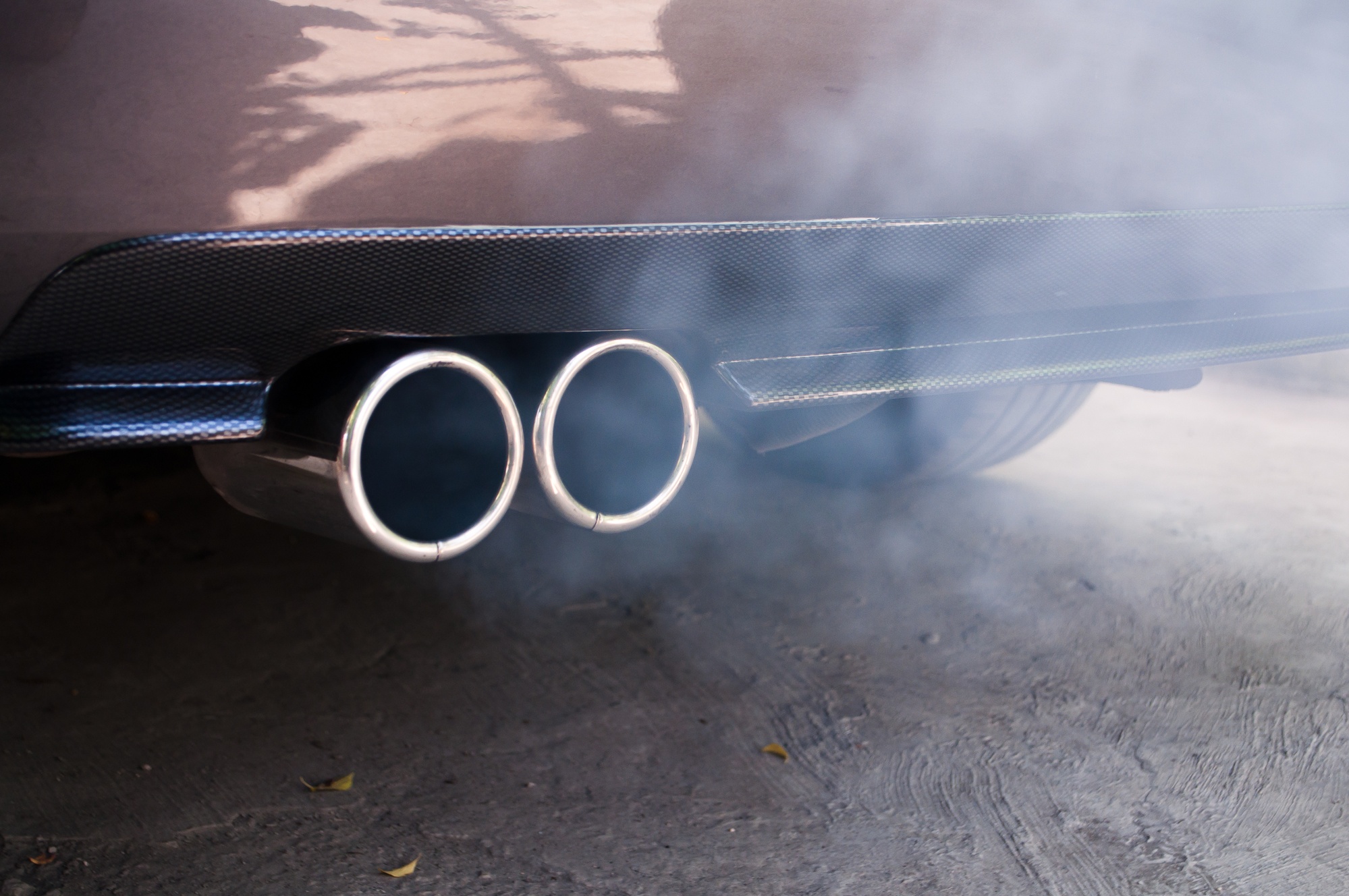Excessive blue exhaust smoke can present itself for several reasons.
Here’s what to look out for:
1. Blown Head Gasket
Blown head gaskets are famous for leaking excess oil onto hot surfaces.
Blue smoke indicates that lubricating oil has made its way into the hot exhaust system or other connecting engine parts.
2. Oil Leak
Oil leaks from engine components such as gaskets, worn engine oil seals, cylinder heads, and the engine block are common. Leaks can drip onto hot surfaces, like the cars exhaust and drivetrain, which causes burning oil.
When this happens, you can expect blue smoke and a nasty smell. You’ll likely notice this blue smoke when the car is idling or accelerating.
3. Oil Mixing With Fuel
Unfortunately, engine parts like a piston ring and valve seal don’t last forever.
If you don’t follow a rigorous oil inspection routine, the oil will do a poor job of reducing engine friction. Excessive engine heat or friction can damage a gasket and valve seal over time.
Damaged piston rings and valve stem seals will inevitably leak excess oil into your engine’s combustion chamber, allowing it to mix with the fuel.
When this mixture burns in the combustion chamber, it turns the normal grey exhaust smoke blue.
4. Stuck PCV Valve
Another likely cause for excessive blue exhaust smoke is a stuck positive crankcase ventilation valve (also called a crankcase breather).
The crankcase breather is responsible for releasing fuel pressure build-up in the crankcase. This fuel pressure is diverted into the intake manifold for fumes to be re-burned.
When the PCV valve gets stuck, it forces lubricating oil to mix with pressurized air and other gases. This fume mixture eventually gets burned, creating blue smoke.
5. Blown Turbocharger
If your car has a blown turbocharger and emits blue smoke, it’s not a coincidence.
You’ll likely notice a large blue cloud of smoke right as your turbo blows. This results from a damaged turbo casing or a broken oil seal inside the turbo itself. Both causes allow oil to seep into the engine’s air intake manifold, causing oil to mix with the fuel.
6. Faulty Transmission Modulator
Commonly found in older vehicle models, a transmission modulator controls shifting in vacuum-controlled automatic transmissions.
A faulty component in the transmission modulator, like a failing diaphragm, can cause the engine block to pull in transmission fluid.
Here’s the kicker.
Burned transmission fluid creates blue smoke!
7. Bad Glow Plug (Diesel car)
If your diesel car produces blue smoke during start-up, there’s a good chance you have a bad glow plug. Another common sign of a bad glow plug in a diesel engine is longer cranking times than usual.
8. Cylinder Head Valve Guide Issue
If you notice blue smoke happening during deceleration, you probably have a cylinder head valve guide issue.
This means that the valve stem (valve guide) is leaking oil out of the cylinder wall of the combustion chamber. Oil may drip from the valve stem onto the exhaust pipe, and in some cases, even the fuel injector.
Both instances result in either blue smoke or black exhaust smoke, depending on whether the oil has mixed with fuel or not.
With a firm understanding of the causes of blue exhaust smoke, we can now cover its diagnostics procedures.

